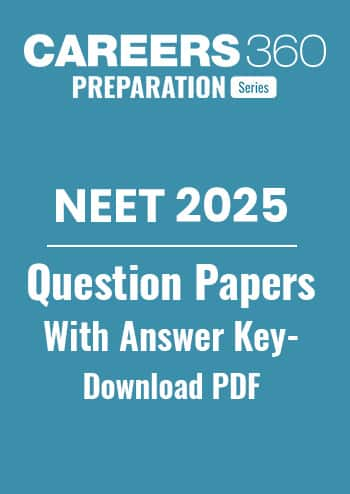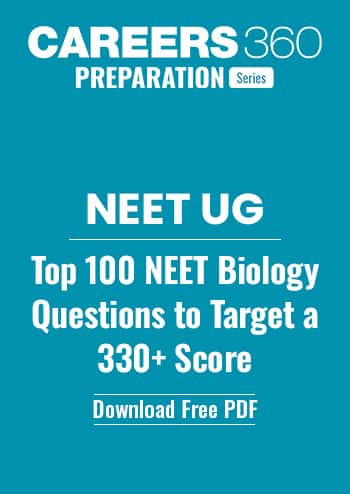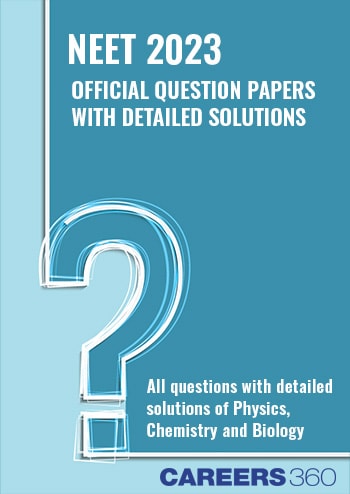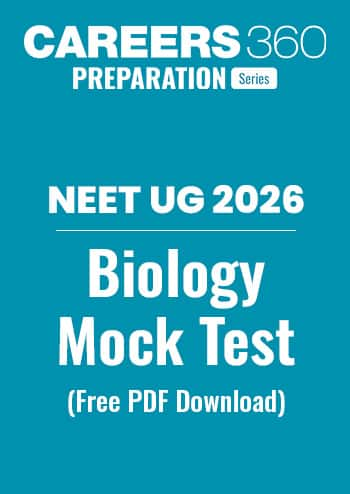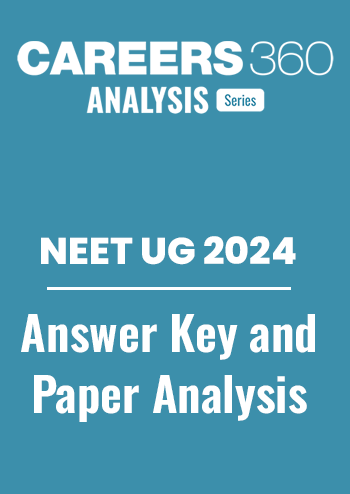Electron Transport Chain (ETC): An Overview ,Structure and its Function MCQ - Practice Questions with Answers
Edited By admin | Updated on Sep 18, 2023 18:34 AM | #NEET
Quick Facts
-
27 Questions around this concept.
Solve by difficulty
A small protein attached to the outer surface of the inner membrane and which acts as a mobile carrier for transfer of electrons between complex III and IV is
The complex Il of the mitochondrial electron transport chain is also known as
Concepts Covered - 2
Introduction to ETC
- The electron transport chain is the last component of aerobic respiration and is the only part of glucose metabolism that uses atmospheric oxygen.
- There are four complexes composed of proteins, labeled I through IV, and the aggregation of these four complexes, together with associated mobile, accessory electron carriers, is called the electron transport chain.
- The electron transport chain is present in multiple copies in the inner mitochondrial membrane of eukaryotes and the plasma membrane of prokaryotes.
- It results in oxidative phosphorylation.
- The ETC is a series of proteins that receive the high-energy electrons from NADH and FADH2 and move it to the final acceptor, the molecular oxygen.
- In this process, the proton gradient is established which is used for the synthesis of ATP.
- The proton gradient is established because the movement of electrons down the electron carriers results in taking up of H+ from the matrix and accumulating them in the peri-mitochondrial space.
Electron Transport Chain in Function
- NADH dehydrogenase (Complex I) an iron-sulfur center and an FMN. Complex I accepts electrons from NADH to regenerate NAD. Complex I also pumps protons: each pair of electrons results in the movement of about 4 H+ from the matrix to the intermembrane space. Complex I donates electrons to Coenzyme Q.
- Coenzyme Q is a non-protein electron carrier located in the inner mitochondrial membrane.
- Coenzyme Q can accept electrons from Complex I and II (and from other proteins); it donates electrons to Complex III.
- Succinate Dehydrogenase (Complex II) is one of the enzymes in the TCA cycle. It is the only TCA cycle enzyme embedded in the mitochondrial inner membrane. The conversion of succinate to fumarate results in a reduction of the enzyme-bound FAD.
- The oxidation of the reduced flavin requires the donation of electrons to Coenzyme Q; in other words, the enzyme cannot carry out the reaction if the electron transport is non-functional.
- Succinate dehydrogenase does not pump protons.
- Coenzyme Q-dependent cytochrome c reductase (Complex III) accepts electrons from Coenzyme Q.
- Complex III is also a proton pump. Complex III contains several heme prosthetic groups.
- The electrons that Complex III receives are donated one at a time to a soluble heme-containing electron carrier protein called cytochrome c
- Cytochrome c is located in the intermembrane space. It carries the only electron, unlike cytochrome Q that can carry two electrons.
- Cytochrome c oxidase (Complex IV) accepts electrons from cytochrome c.
- Complex IV is the terminal part of the electron chain and transfers electrons directly to oxygen.
- Complex IV is a proton pump. Cytochrome c oxidase is sometimes referred to as the cytochrome a-a3 complex.
- It is the only one that is capable of binding oxygen.

Study it with Videos
"Stay in the loop. Receive exam news, study resources, and expert advice!"






